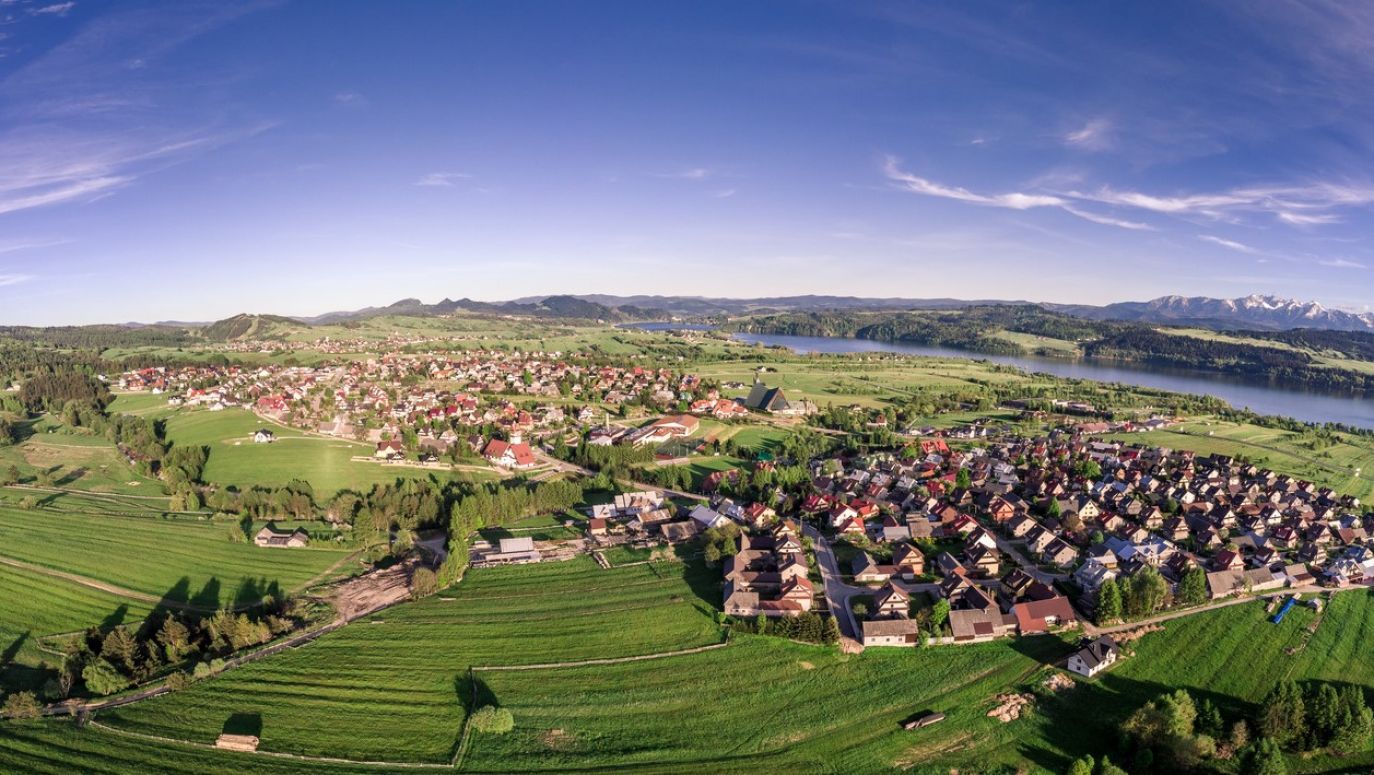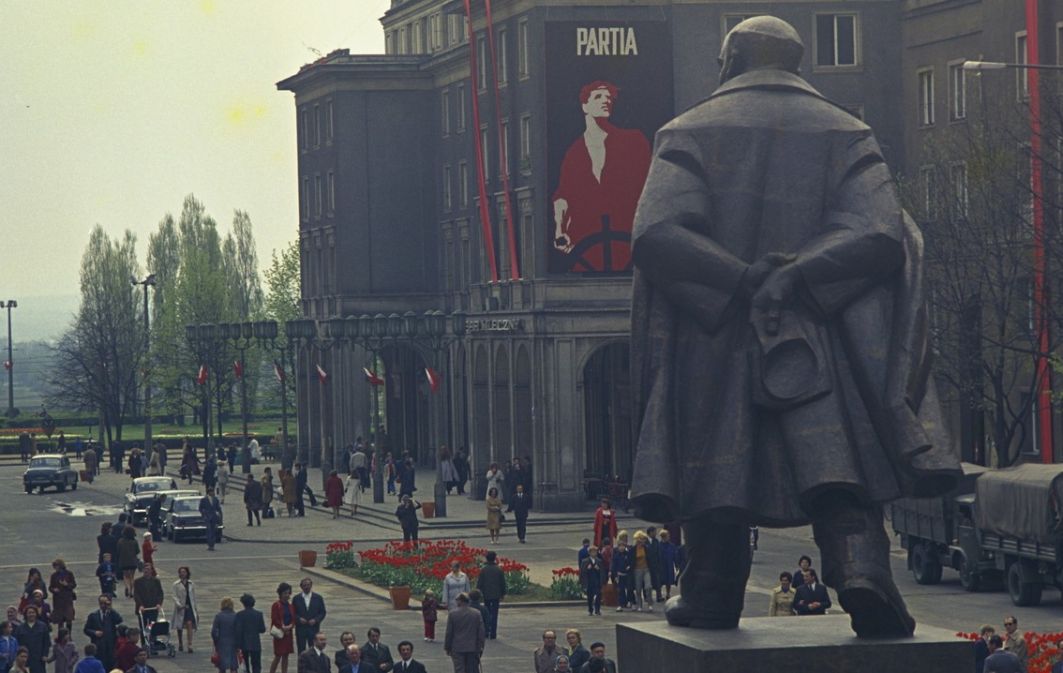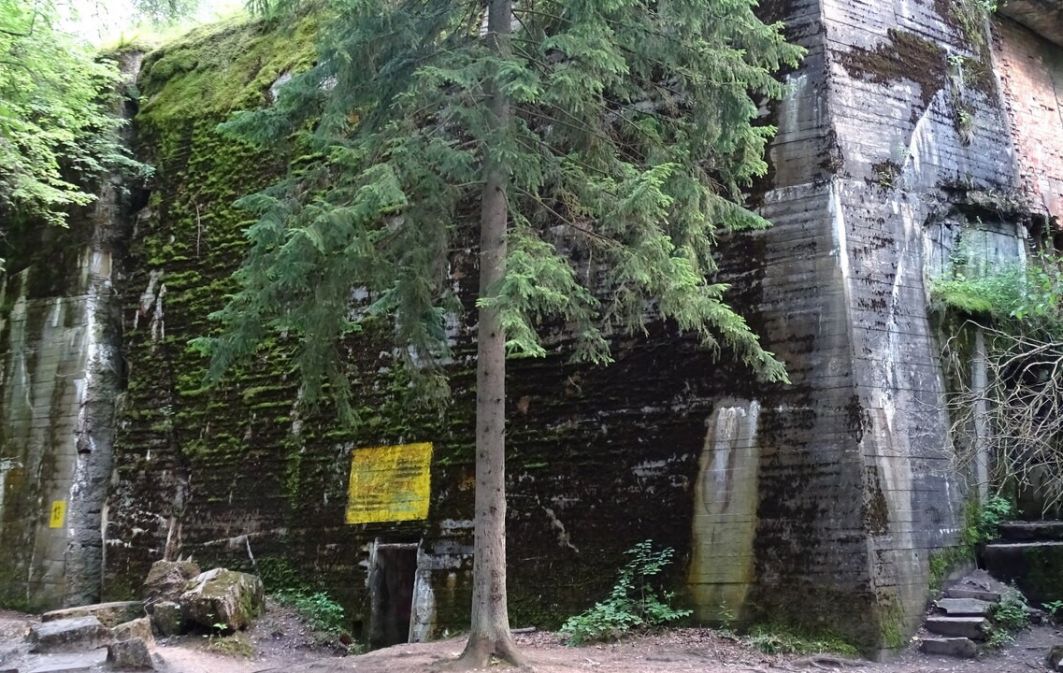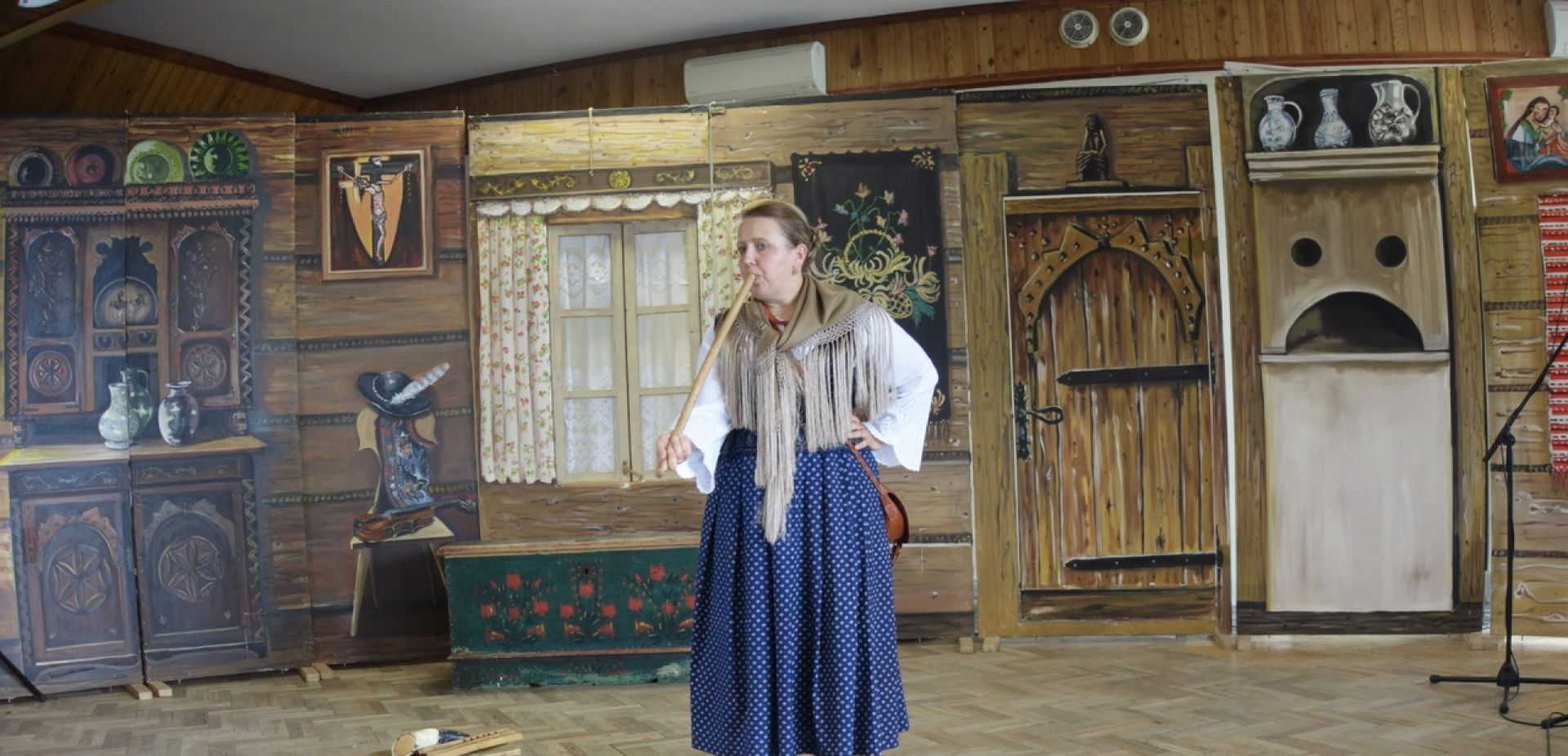
Life in Ireland may be better financially, but it’s worse when it comes to a family atmosphere. There was a photo of my parents on the fireplace and my daughter often looked upon her grandparents with nostalgia. She missed them very much. My housemate advised me to hide the photo so the child would forget about them and it would be settled once and for all. I didn’t understand, how can you forget your roots ?! – says Katarzyna Dobrzyńska, manager of the House of Culture in Maniowy in the Podhale region.
 SIGN UP TO OUR PAGE
SIGN UP TO OUR PAGE
 Life in Ireland may be better financially, but worse when it comes to a family atmosphere. There was a photo of my parents on the fireplace and my daughter often looked at her grandparents with nostalgia. She missed them very much. She left Poland when she was two years old. My housemate advised me to hide the photo so the child would forget about them and it would be settled once and for all. I didn’t understand, how can you forget your roots ?! Some people have this approach to life, I don’t want to, I can’t. So when the opportunity arose to lead the Mali Maniowianie regional group in my village, I decided to return to Poland.
Life in Ireland may be better financially, but worse when it comes to a family atmosphere. There was a photo of my parents on the fireplace and my daughter often looked at her grandparents with nostalgia. She missed them very much. She left Poland when she was two years old. My housemate advised me to hide the photo so the child would forget about them and it would be settled once and for all. I didn’t understand, how can you forget your roots ?! Some people have this approach to life, I don’t want to, I can’t. So when the opportunity arose to lead the Mali Maniowianie regional group in my village, I decided to return to Poland.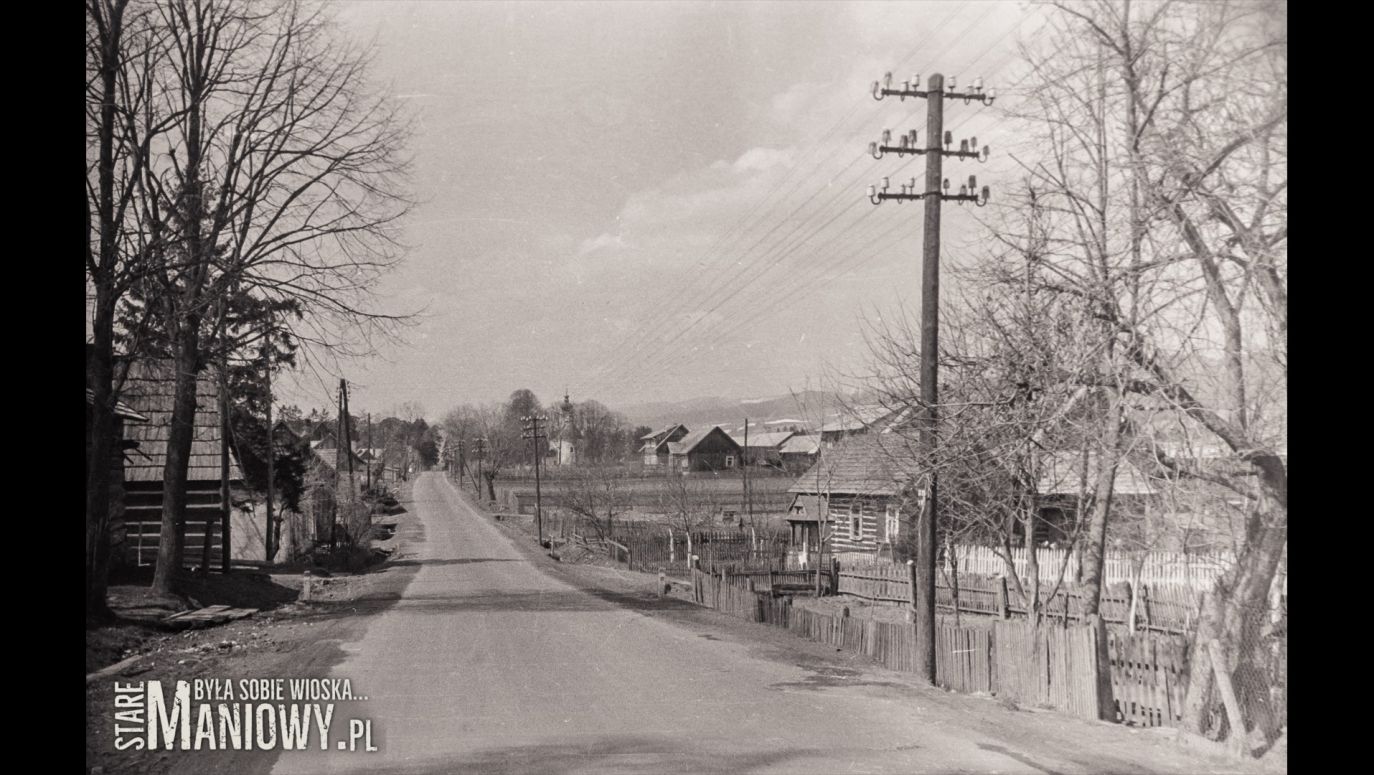
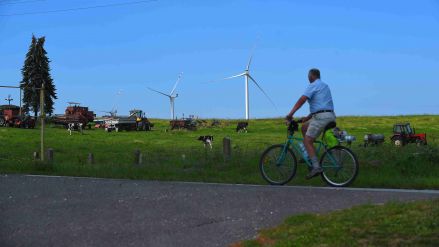
Last year alone, as many as 50,000 Poles decided to move out of big cities.
see more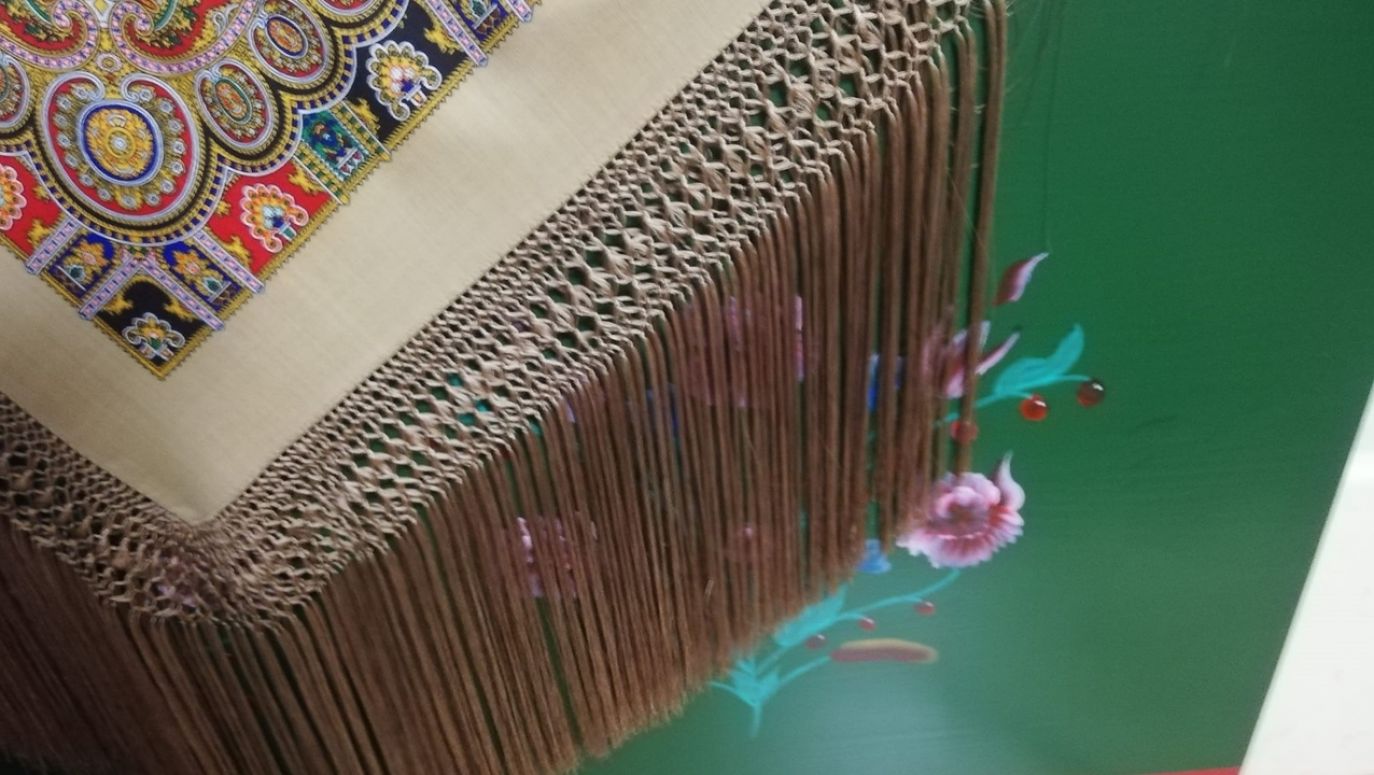

Do we want to commune with horrific images of bent train carriages and bleeding bodies or animals deprived of any chance of survival?
see more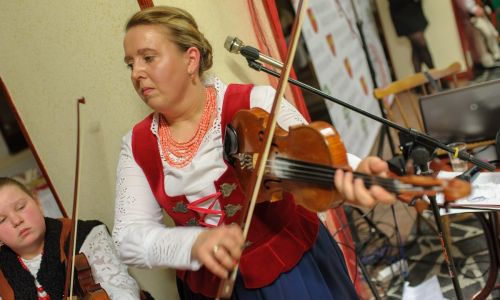
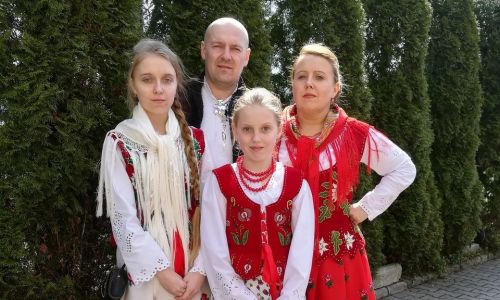
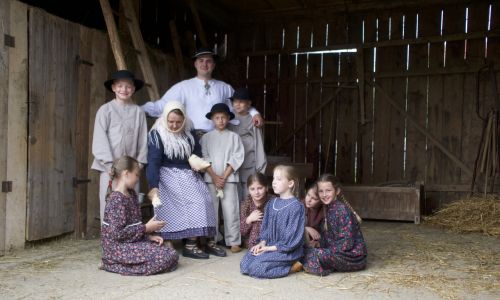
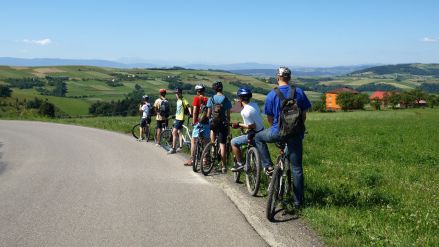
VeloDunajec is over 230 kilometers long, in Poland and Slovakia. The Vistula Cycle Route will ultimately be 1,200 kilometers long.
see more